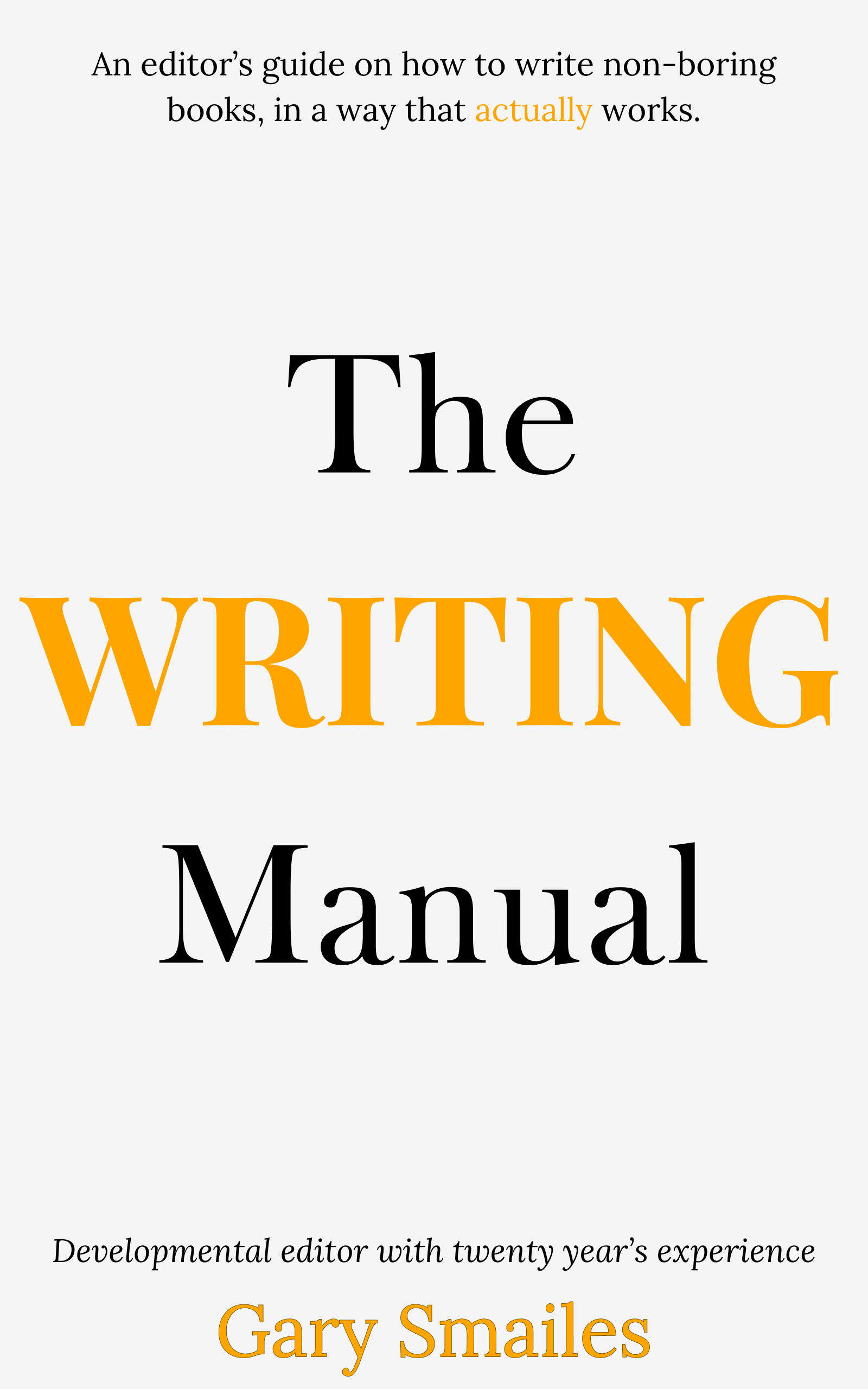



Did you know that well-executed copy editing can significantly enhance the readability and effectiveness of your writing? Whether you’re crafting a novel, a blog post, or a business report, the process of copy editing is crucial for producing polished and professional content.
Copy editing involves reviewing and correcting text to ensure clarity, consistency, coherence, correctness, and conciseness—often referred to as the 5 C's of copy editing. But why are these principles so important, and how can they transform your writing?
In this post, we'll explore the 5 C's framework and how it can guide you in refining your work. By the end, you'll understand how to apply these principles to make your writing clear, logical, consistent, accurate, and succinct.
Table of Contents
Copy editing is more than just correcting typos and grammatical errors; it's about refining your writing to make it the best it can be. The 5 C's of copy editing—Clarity, Coherence, Consistency, Correctness, and Conciseness—serve as guiding principles to help you achieve this goal.
These principles were chosen because they address the most common and impactful areas where writing can falter. By focusing on these key aspects, you can ensure your text is not only error-free but also engaging and easy to understand.
To illustrate the importance of these principles, think of them as the pillars supporting a well-constructed building. Each pillar plays a crucial role in maintaining the overall structure. Neglect one, and the entire building could become unstable. Similarly, neglecting any of the 5 C's can weaken your writing.
Let's delve into each of the 5 C's and see how they can transform your writing process.
Clarity is the cornerstone of effective communication. If your writing isn't clear, your readers will struggle to understand your message. Clarity involves ensuring that your text is easy to read and comprehend, without any ambiguity or confusion.
Consider this before-and-after example to see the impact of improved clarity:
Before: "The meeting that was scheduled for next week has been moved to this week because the project deadline was changed."
After: "Next week’s meeting has been rescheduled to this week due to a change in the project deadline."
Notice how the second sentence is more straightforward and easier to understand?
Here are some techniques to improve clarity in your writing:
Ask yourself the following questions to check for clarity:
By focusing on clarity, you ensure that your readers can easily grasp your message, making your writing more effective and enjoyable to read.
Coherence ensures that your writing flows logically from one point to the next. It’s about maintaining a logical structure and seamless transitions so that your readers can easily follow your argument or narrative.
Consider this mini-case study to understand coherence better:
Incoherent Passage: "John loves playing football. He also likes to read books. His favorite author is J.K. Rowling. Football is a popular sport worldwide."
Coherent Passage: "John loves playing football, a sport popular worldwide. In his downtime, he enjoys reading books, especially those by his favorite author, J.K. Rowling."
See how the second passage connects ideas more logically?
Here are some tips to enhance coherence in your writing:
By focusing on coherence, you make it easier for your readers to follow your train of thought, resulting in a more compelling and persuasive piece of writing.
Consistency in writing refers to maintaining uniformity in style, tone, and terminology throughout your text. This helps build a cohesive reading experience and prevents confusion.
Imagine reading a document where the tone shifts from formal to casual or where different terms are used to describe the same concept. This lack of consistency can be distracting and undermine the credibility of the writing.
Here are some strategies to ensure consistency:
Consistency not only enhances readability but also lends a professional polish to your writing. By adhering to a consistent style, you create a smooth, unified reading experience for your audience.
Correctness involves ensuring that your writing is free from errors in grammar, spelling, punctuation, and factual accuracy. Errors can distract readers and detract from the credibility of your work.
Consider this example to see how correctness impacts readability:
Incorrect: "Their going to the store to by some milk."
Correct: "They're going to the store to buy some milk."
Notice how the second sentence is clearer and more professional?
Here are some tips to achieve correctness in your writing:
Correctness is crucial for maintaining the trust and engagement of your readers. By eliminating errors, you present a polished, professional piece of writing that effectively communicates your message.
Conciseness means expressing your ideas clearly and directly without unnecessary words. It's about getting to the point efficiently, making your writing more impactful and easier to read.
Let's look at an example to see the difference conciseness can make:
Wordy: "Due to the fact that the weather was really bad, the event was postponed."
Concise: "The event was postponed due to bad weather."
Notice how the concise sentence is more straightforward and easier to understand?
Here are some strategies to achieve conciseness:
By focusing on conciseness, you make your writing more dynamic and engaging, allowing your readers to grasp your message quickly and efficiently.
Engagement is all about capturing and holding your reader's attention. Engaging writing keeps readers interested and encourages them to continue reading. It's a blend of compelling content, relatable examples, and a conversational tone.
Here's an example to illustrate engagement:
Unengaging: "The company reported a profit increase. This was due to several strategies implemented over the year."
Engaging: "This year, the company’s profits soared, thanks to a few clever strategies that paid off big time."
Notice how the engaging version uses vivid language and a more conversational tone?
Here are some tips to enhance engagement in your writing:
By focusing on engagement, you make your writing more enjoyable and memorable for your readers, ensuring they stay with you from start to finish.
Applying the 5 C's—Clarity, Consistency, Correctness, Conciseness, and Engagement—during your editing process ensures that your writing is polished and effective. Here’s a step-by-step guide to help you incorporate these principles:
Step 1: Clarity
Start by reading through your text to ensure that your ideas are clearly articulated. Ask yourself if each sentence conveys its intended meaning without ambiguity. Simplify complex sentences and replace jargon with plain language where possible.
Step 2: Consistency
Check for uniformity in style, tone, and terminology. Make sure that headings, bullet points, and formatting elements are consistent. Refer to your chosen style guide to resolve any discrepancies.
Step 3: Correctness
Proofread your document for grammar, spelling, and punctuation errors. Use tools like Grammarly or spell checkers to catch common mistakes. Verify the accuracy of any facts, figures, or references included in your text.
Step 4: Conciseness
Review your writing to eliminate unnecessary words and phrases. Focus on expressing your ideas as directly as possible. Combine sentences where appropriate and remove filler words that don't add value.
Step 5: Engagement
Enhance your writing by incorporating stories, examples, and questions. Vary your sentence structure to keep the reader's interest. Consider adding visuals like images or charts to complement your text.
By systematically applying the 5 C's during your editing process, you can transform your writing into a clear, consistent, correct, concise, and engaging piece that resonates with your audience.
Mastering the 5 C's—Clarity, Consistency, Correctness, Conciseness, and Engagement—can significantly elevate the quality of your writing. These principles serve as a comprehensive framework to refine your work, making it more effective and enjoyable for your readers.
Whether you're drafting a blog post, preparing a report, or writing a novel, applying these guidelines will help you communicate your ideas more powerfully. Remember, great writing is not just about what you say, but how you say it. By focusing on the 5 C's, you ensure that your message is conveyed clearly, accurately, and compellingly.

Claim your free eBook today and join over 25,000 writers who have read and benefited from this ebook.
'It is probably one of the best books on writing I've read so far.' Miz Bent